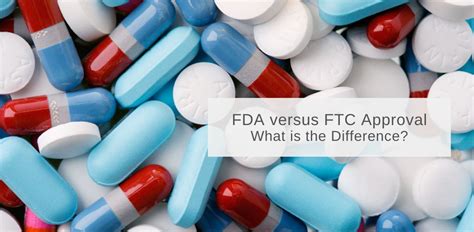Patents are notorious for their dual nature in the world of innovation. On one hand, they protect the intellectual property rights of inventors, encouraging innovation and investment in research and development. However, when misused, they can stifle competition and maintain high prices for essential drugs. Recently, the Federal Trade Commission (FTC) has put a spotlight on what it calls ‘junk’ patents, particularly focusing on several held by major pharmaceutical players including Novo Nordisk’s Ozempic. It’s important not just in legal terms, but in what it signifies for the broader healthcare landscape.
The discussion begins with what the FTC characterizes as ‘junk.’ For patents, particularly in the pharmaceutical sector, this designation is often reserved for patents that are potentially improperly listed or are used strategically to block competition without significant innovation. For consumers, such practices can translate directly into higher costs and limited access to necessary medications. This move by the FTC is not just a challenge to specific companies, but a signal to the industry at large. The implications are possibly transformative, aiming toward increased transparency and a push for genuine innovation in drug development.
Sharp criticism often accompanies new leadership, particularly in pivotal regulatory bodies like the FTC. Lina Khan, the current chair, faced early skepticism regarding her age and experience. Yet, her policy initiatives and reinvigoration of antitrust laws may well stand as a rebuke to her early critics. By focusing regulatory attention on the substantial area of patent law, particularly their potential abuse within the pharmaceutical industry, Khan is proving her commitment to public welfare ahead of corporate profits.
Under Khan’s direction, the FTC is embodying an aggressive approach to antitrust enforcement, likened by some to a startup mentality: agile, focused, and unencumbered by the status quo. This proactive stance is clearly demonstrated in their recent actions against longstanding patent practices, which could herald significant shifts in how drug prices are set and how generics enter the market. The debate over whether such aggressive action is positive ignites exchange of views across the board. Critics contend the need for a balance that encourages pharmaceutical advancements while ensuring those advancements reach consumers affordably and promptly.
The realities of patent law and drug pricing intersect with broader healthcare policy issues, notably, how to provide equitable healthcare access while fostering an environment conducive to medical innovation. The disruptive moves by the FTC challenge the current paradigms and invite a revaluation of the relationship between patent rights and public health requirements. By challenging these ‘junk’ patents, the FTC is potentially accelerating access to affordable medication, a critical factor in health outcomes across populations.
It is crucial, however, to consider the potential consequences of too stringent regulations which might inadvertently stifle innovation. The pharmaceutical industry argues that the assurance provided by patents, even those seen as ‘excessive’ by critics, is essential in justifying the risk and expenditure involved in drug development. This ongoing tension between innovation and accessibility remains a fundamental issue at the heart of healthcare policy reform debates. As such, the effects of these FTC challenges will be closely watched by all stakeholders in the healthcare system, from policymakers and pharmaceutical companies to healthcare providers and patients alike.


Leave a Reply